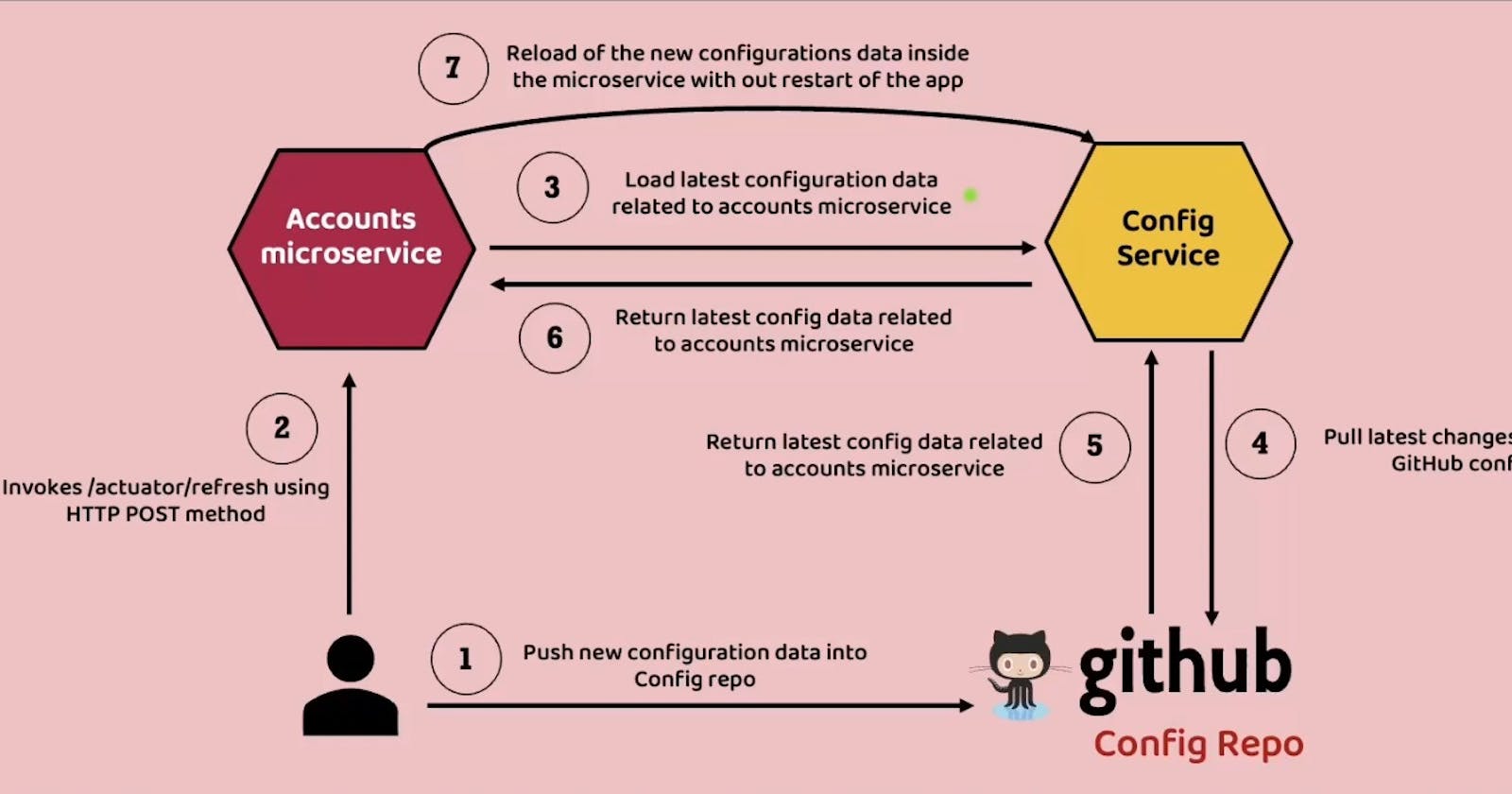Introduction: In the dynamic landscape of software development, the ability to adapt and make real-time changes to configurations is paramount. However, altering properties during runtime without disrupting the application's flow can be challenging. Fortunately, with the advent of microservices and tools like Spring Boot Actuator, managing runtime configurations has become more accessible. In this article, we'll explore how to change properties at runtime in a microservices architecture and leverage the power of Spring Boot Actuator.
Changing Properties Dynamically:
Imagine a scenario where you need to adjust configurations on the fly without restarting the server—an action often discouraged due to potential disruptions. In such cases, altering properties files stored in a version-controlled repository like GitHub offers a solution. By modifying these files, you can invoke the Actuator API provided by Spring Boot—a powerful feature that facilitates runtime configuration changes seamlessly.
Invoking the Actuator Refresh API:
The pivotal step in enabling runtime configuration changes is invoking the Actuator's refresh API. This API, typically accessible via a URL like "http://localhost:8080/actuator/refresh," triggers the application to reload updated configurations without requiring a restart. By making a simple HTTP POST request to this endpoint, you can seamlessly apply changes, ensuring minimal downtime and uninterrupted service.
Enabling Refresh API in Microservices:
To utilize the Actuator's refresh API effectively, it's essential to enable it within your microservice configuration. This can be achieved by specifying the necessary properties in the application.yml file. By exposing all Actuator APIs with the wildcard character "*", you ensure that the refresh endpoint is accessible, allowing for dynamic configuration updates as needed.
management:
endpoints:
web:
exposure:
include: "*"
By configuring the application.yml file in this manner, you grant access to all Actuator endpoints, including the refresh API, thereby empowering your microservice to adapt to changing configurations seamlessly.
Conclusion:
In the realm of microservices architecture, the ability to modify configurations at runtime is a game-changer. By leveraging tools like Spring Boot Actuator and adhering to best practices, developers can facilitate dynamic configuration changes without the need for server restarts, ensuring a smooth and uninterrupted user experience. Embracing runtime configuration flexibility not only enhances system adaptability but also lays the foundation for scalable and resilient applications in today's fast-paced digital landscape.
